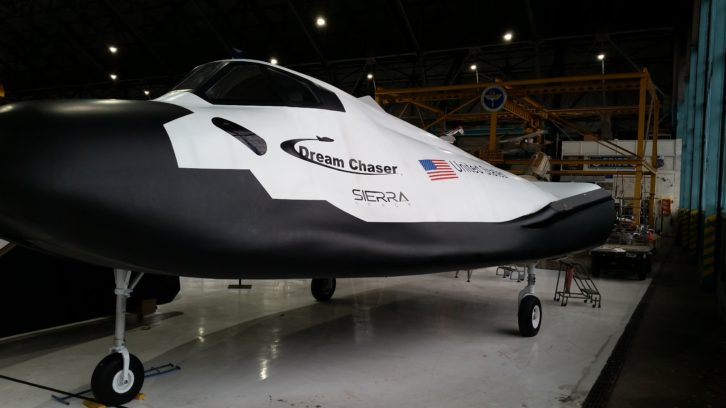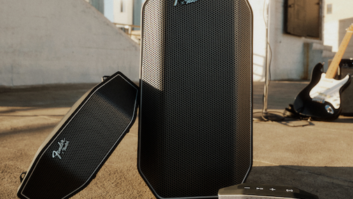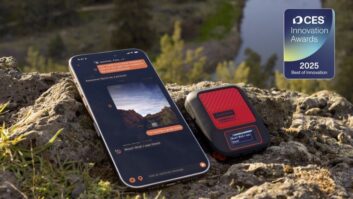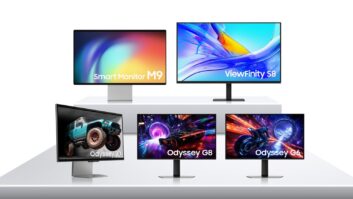
CES 2022 attendees will be forgiven for any doubletakes as they pass Central Plaza in front of the LVCC. Yes, on display is a bona fide spaceship, the Dream Chaser from Sierra Space, a subsidiary of defense supplier Sierra Nevada. While future cool, Dream Chaser is actually a space utility vehicle which will start hauling payloads into low earth orbit starting this year and represents a potent example of the burgeoning space economy and of Space Tech on display at CES.
But what, exactly, is “space tech”? “Space tech can be defined as technology for use in travel or activities beyond Earth’s atmosphere, for purposes such as spaceflight or space exploration,” explains CTA Industry Communications senior manager Jim Fellinger. “Space tech advancements are creating new communications services and opening opportunities for new applications in biology, human health and more. In other words, this is more than simply ‘consumer technology’.”
Space Tech also is more than Messrs. Bezos, Branson, and Musk launching themselves and their friends into space, but a growing private/public economic ecosystem investment that includes communications, R&D, manufacturing, and yes, even tourism. Those billionaire joy rides simply help fund more utilitarian commercial space efforts.
“We are excited about the future of space technology at CES and expect this category to become a bigger focus in coming years,” Fellinger adds.
Any gearhead can recite the myriad merits of public investments in space, from computers to Dustbusters to Kevlar to Tang. In its recent “Space: The Final Frontier For Cybersecurity” report, research company Forrester notes, “everything from communications to media, weather data, and trading currently rely on some nonterrestrial components.” The report notes that thanks to Blue Origin, Virgin Galactic, and Space X, the number of items launched into space annually has increased 90% since 2017. According to a recent report from Morgan Stanley, the current global space economy is valued at more than $350 billion and will triple in size over the next 15 years.
“While space-based systems sound futuristic,” the Forrester report notes, “they’re much more present than many people would suspect… [R]apid reductions in the costs of launching payloads have enabled new use cases…to emerge and also made leveraging space for other business initiatives…within economic reach of a much broader group of companies.”
CES attendees can stroll around the 30-foot-long Dream Chaser (unfortunately not inside it) and its “trailer,” the Shooting Star. Combined, the pair can haul payloads of more than 6 tons to the International Space Station, or to Sierra’s own Life Habitat module commercial space station, also on display. Dream Chaser, which can be modified to accommodate human passengers, re-enters the atmosphere at a gentle 1.5G and can land at any airport able to handle commercial jets.
Rather than operate its own transport business, Sierra looks to supply its customizable space gear to companies with their own vision on how to take advantage of the final frontier.
“CES provides the perfect setting for Sierra Space to showcase our platforms to make a vibrant space economy a reality,” explains former NASA astronaut and Sierra Space president Dr. Janet Kavandi. “We look forward to sharing how the Sierra Space Dream Chaser spaceplane and Life Habitat module will unlock the promise of commercial manufacturing and research in microgravity to make life on earth better for all.”
While high profile sub- and orbital celebrity flights grab the spotlight, the new space economy will be largely functional. To help civilians prepare for a more ubiquitous space experience, Zero G (booth 9227), provides a space-like weightless experience without the planetary view. Its modified Boeing 727 G-Force One flies aerobatic maneuvers called parabolas to create 15 separate 20-30 second periods of zero gravity. Zero G consumer flights cost $7,500 each, and group charters are available as well.
While there won’t be actual Zero G “vomit comet” flights from McCarran Airport during CES, Zero G will present a first-hand VR zero gravity experience – just a glimpse of the potential of space tech.
“Space tech could be defined as anything that seeks to better understand how we and our world interact and are able to operate with essentially the universe around us,” explains Taylor Oshel, Zero G Director of Sales. “Our only hope is to create technology that will promote sustainability that in turn will make life on earth more sustainable.”
See also: LG To Create Physical And Virtual Experience At CES 2022













